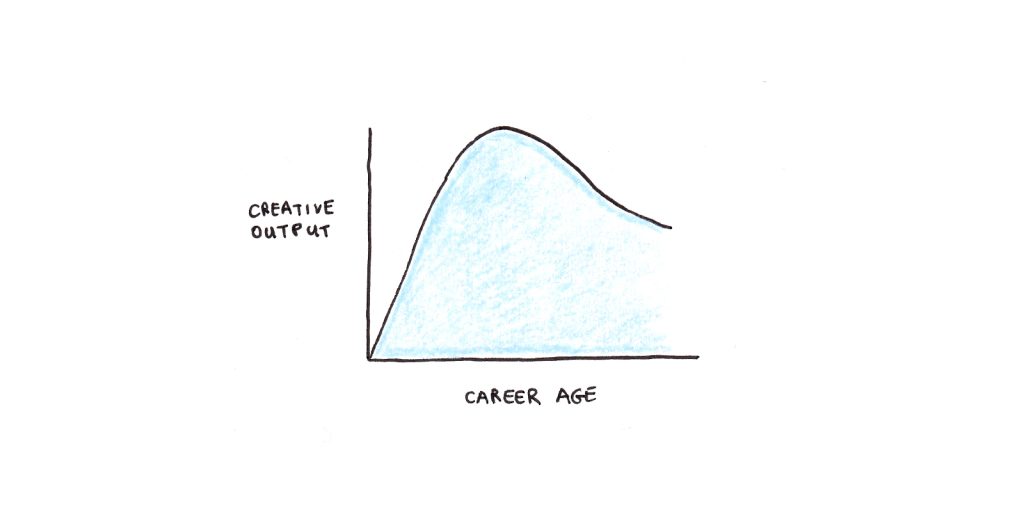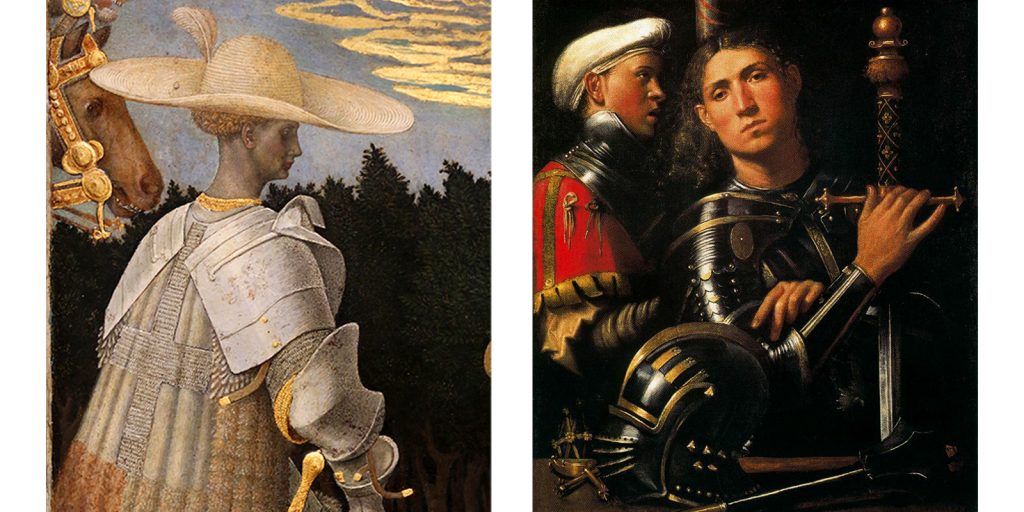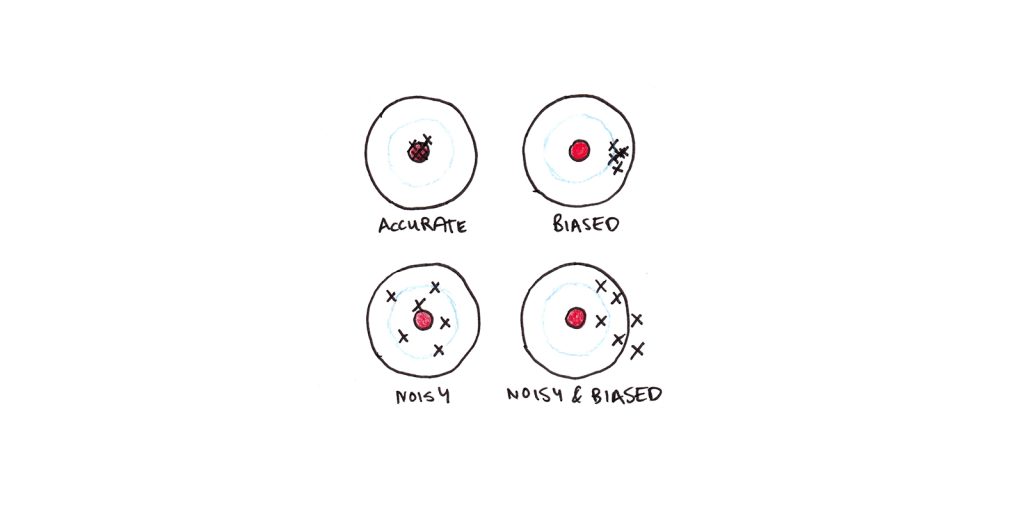About a year ago, I started a research project focused on the transfer of learning. Given the often disappointing evidence for learning transfer between the classroom and the real world, I was eager to dig into the research on apprenticeships and learning by doing.
But the research turned out to be more complicated (and interesting!) than I had expected. I wrote a little about some of the difficulties with my original hypothesis here. Since then, I’ve been exploring broadly to build a more coherent picture of how we think and learn.
The following books are from my most recent batch. (If you want to see more, here are some previous entries in my research reading list series.)
1. Descartes’ Error by Antonio Damasio
The mind is not separate from the body. Emotions are essential to reason. Descartes’ error was assuming that our sense of self is grounded in our ability to think and that the flesh we inhabit is a mere appendage.
Damasio is a neuroscientist most famous for his somatic marker hypothesis. This theory argues that we unconsciously integrate perceptions of our emotional and physical state. These bodily cues serve to “mark” out decisions for risk and reward, allowing us to make intelligent “gut” decisions.
Damasio’s principal evidence comes from brain-damaged patients. Those with damage to the limbic system exhibit normal intelligence but are utterly useless in their personal lives. They can’t make decisions, in part, because they lack the emotions that would help them prioritize.
In the Iowa Gambling Task participants choose cards from decks. Some have high rewards but occasionally big losses. Other decks are safe choices, and they have lower rewards but fewer big dips. Control participants without brain damage learn to sense which decks are risky and avoid them. Brain-damaged patients continue to choose risky cards.
I found the book persuasive, but the somatic marker hypothesis remains controversial.
2. Greatness by Dean Simonton
Who makes history and why? Psychologist Dean Simonton surveys a vast scientific literature on the contributions of famous artists, scientists, politicians and leaders.
Simonton finds that career productivity exhibits a characteristic shape. Output rapidly accelerates starting at career onset, followed by a peak and more gradual decline. The sharpness of the peak is field-specific, with poets and mathematicians both rising and falling faster than novelists or biologists.

Quality and quantity are highly correlated in creative work. The best scientists, authors and artists are also the most prolific. Price’s Law puts this observation in mathematical language: half of the creative output will be produced by the square root of the number of researchers. To illustrate, in a group of 100 scientists, this equation predicts half of the papers will be published by only ten researchers.
3. Secret Knowledge by David Hockney
How did Renaissance-era painters go from this to this in just a few decades?

Artist David Hockney amasses compelling evidence that Renaissance-era painters made use of mirrors and lenses much earlier than previously suspected. He argues that the old masters’ adoption of optics caused not only the rapid increase in realism, but led to signature distortions that a careful eye can detect.
4. Will College Pay Off? by Peter Cappelli
Wharton professor Peter Cappelli reviews the evidence on the financial payoff of going to college. What he finds is confusing, and that’s sort of his point.
Cappelli finds that the return on a college degree varies wildly. Majors that are “hot” now may not be after graduation. Schools that offer more vocational training often have worse returns than traditional liberal arts institutions. Financial aid, student loans, and the fact that few people pay the sticker price make it even harder to evaluate the return on higher education.
Cappelli argues against the idea of a skills gap that claims there’s a deficit of highly-skilled workers. Instead, he argues there is a training gap. Employers want new workers to be job-ready, but they don’t want to invest any time getting new hires up to speed. Unfortunately, employers don’t seem to care much about the academic skills offered in school, so the direct value of such preparation is questionable.
This book is not very helpful if you want a clear answer to the titular question. But if you want to understand how the labor market “works” and who gets hired, it is a fascinating overview.
5. Exploring Science by David Klahr
How do scientists think? Klahr, drawing on the pioneering work of Herbert Simon and Allen Newell, views scientific cognition as an act of problem solving. Discovery is a search through the space of possible hypotheses, as well as possible experiments for testing whether they’re right.
In contrast to sociological studies of science, Klahr looks at discovery processes in the laboratory. Students were given programmable gadgets with mysterious functions and asked to figure them out. From that, Klahr and others deduce the cognitive processes involved in scientific work.
The book is full of interesting tidbits, but one that stood out to me was an alternative explanation of the famous 2-4-6 task. In this experiment, subjects are given numbers, “2, 4, 6,” that follow a rule, and they can ask if other numbers follow the rule. Experimenters typically find confirmation bias in this task. People come up with a theory (e.g., “1x, 2x, 3x”) and then only test examples which seek to confirm that theory, such as “3, 6, 9” or “10, 20, 30”. These students typically fail since the actual rule, “any ascending sequence,” is broader. Klahr, in contrast, argues that students instead rely on a “positive test strategy,” which is rational if you assume that most of the tests you try won’t work.
6. Working Minds by Beth Crandall, Gary Klein and Robert Hoffman
Tacit knowledge is a major barrier to informal learning. When you see an accomplished artist paint a masterpiece, how do they do it? If you’re lucky, you might be able to see their brushstrokes, but you can’t see why they made those strokes. What factors did they consider? What heuristics, skills and intuitions did they use?
Since Schneider and Shiffrin’s theory of controlled and automatic processing, it’s been argued that skills proceed through phases. In the beginning, performing any skill is deliberate and effortful. With time it becomes invisible and automatic. Figuring out how experts perform the skill is hard. This isn’t because they hoard secrets, but because the right thing to do is so apparent to them that it becomes difficult to express.
Cognitive task analysis is family of methods designed to tease out this kind of knowledge. It includes concept mapping, structured interviews, and retelling critical incidents. While extracting expert knowledge is itself a skill that requires considerable training, I found the basic framework helpful for thinking about developing skills.
7. Cognition and Reality by Ulric Neisser
The cognitive revolution in psychology is often dated to Neisser’s text Cognitive Psychology. This revolution brought with it a renewed interest in hidden mental processes that were considered unscientific in the age of American behaviorism.
In this book, Neisser turns against some of the new distortions the revolution brought about. In particular, he criticizes the computer model espoused by researchers like Herbert Simon and Allen Newell. He calls for greater ecological validity of psychological experiments (i.e., experiment findings or predictions should mirror real-life behavior).
The importance of schema is a central idea. These are mental patterns you have that allow you to “pick out” information from the environment. Your schema for English words, for instance, enables you to make sense of these squiggles you’re reading right now.
There is an ongoing debate between “constructivist” and “positivist” visions of psychology. Constructivists see the world top-down: prior knowledge, context, and culture limit what we are able to see. Positivists see the world bottom-up: we gain knowledge directly from our senses and science.
The reality is probably both. As I discuss in my review of Walter Kintsch’s Construction-Integration theory, we have stimulus-driven rules for understanding text, but apply prior knowledge to make inferences and assemble complex meanings. Both schemas in our head and stimuli in the outside world combine to determine our thoughts.
8. Noise by Daniel Kahneman, Olivier Sibony and Cass Sunstein
Everybody worries about bias. Not enough people worry about noise.
Using the authors’ analogy, imagine firing at a target. Bias means the center of your shots misses the bulls-eye in a consistent way. Noise means your shots have a large spread. Both are bad, but the latter often gets overlooked.

The authors point out that noise can be worse than bias. Judges set wildly different sentences for the same crimes. Insurance underwriters have large ranges in the quotes they offer for particular risks. Employers’ impressions of candidates vary significantly from interviews.
To avoid bias, the authors suggest a few decision hygiene strategies:
- Use mechanical rules over human judgements.
- Aggregate independent ratings.
- Use ranked comparisons rather than absolute scales.
- Use structured, analytical assessments before holistic evaluations.
- Take the outside view. Use base rates to judge likelihood.
My interest in this book stems from the limits of learning and expertise. Kahneman is famously skeptical of expertise, arguing that many so-called experts simply aren’t very good. Why are we so noisy and fallible in our judgement, even with years of training and experience? What does the answer say about the path to self-improvement?
9. Administrative Behavior by Herbert Simon
Herbert Simon won a Nobel prize for his work on bounded rationality. In Administrative Behavior, based on his doctoral dissertation, he argues that many “principles” of management are contradictory.
Instead, he views management as being an issue of information and influence. Individual decision-making suffers under the constraints of limited attention and processing capacity. The existence of firms, Simon argues, is predicated on the enhanced ability of organizations to channel flows of information that enable cooperation.
I found this book interesting because it identifies organizational learning problems, essentially, as network problems. Only when you see the work of organizations in such a light can you make sense of both their powers and dysfunctions.
10. Scientific Elite by Harriet Zuckerman
Who becomes a Nobel prize winner? How do they differ from rank-and-file scientists?
Zuckerman’s classic work takes a comprehensive look at the lives of American Nobel laureates. She systematically combed over their family backgrounds (typically wealthy, professional), their educational path (invariably elite), and scientific careers (prolific, concentrated in highly productive networks).
Zuckerman, with the great sociologist Robert Merton, argues in favor of the Matthew Effect in science. Alluding to the Biblical passage, this argues that elite research is a self-reinforcing cycle. The best talents get the best mentors, the most funding, and access to cutting edge problems. Researchers outside this illustrious circle struggle to compete.
I’m fascinated by data-driven accounts of how elite success “works” in various fields. While few of us will ever reach such heights, the knowledge of how to achieve that success is unevenly distributed. As one Nobel laureate remarked on the “obvious” truth of finding good scientific mentors:
“Many of the students were just silly about the way they chose professors. They just didn’t know the professors of real quality.”
Certainly, some part of success is due to innate talent and sheer chance. But it seems more than coincidental how those who eventually win so often exhibit shrewd analysis of the often obscure rules of success in their field.
===
I’ve done several of these book reviews, but I’ve spent a similar amount of time reading scientific papers. Perhaps I should put together a list sharing some of the more interesting ones I’ve read? Let me know what you think!


 I'm a Wall Street Journal bestselling author, podcast host, computer programmer and an avid reader. Since 2006, I've published weekly essays on this website to help people like you learn and think better. My work has been featured in The New York Times, BBC, TEDx, Pocket, Business Insider and more. I don't promise I have all the answers, just a place to start.
I'm a Wall Street Journal bestselling author, podcast host, computer programmer and an avid reader. Since 2006, I've published weekly essays on this website to help people like you learn and think better. My work has been featured in The New York Times, BBC, TEDx, Pocket, Business Insider and more. I don't promise I have all the answers, just a place to start.